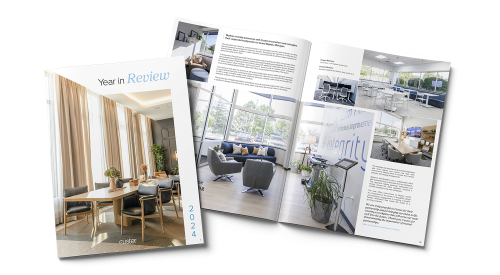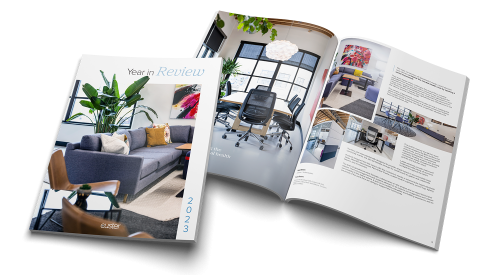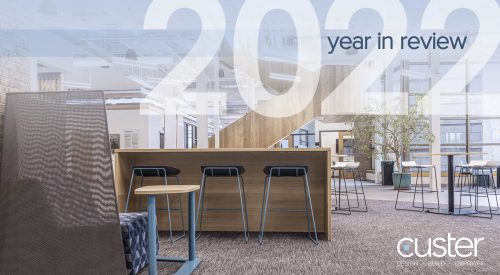- Blog
- How These 3 Organizations Are Designed to Provide Healthcare in West Michigan
How These 3 Organizations Are Designed to Provide Healthcare in West Michigan

To live in West Michigan is to live in one of the nation’s top-ranked medical centers of excellence. While this designation speaks to the strength and size of several hospital systems in the area, it also refers to the amount of neighborhood healthcare organizations providing care to smaller, more specific populations in our community. From hospice care to mental health counseling, a range of critical services are provided through community healthcare facilities. And not all of these local organizations are created equal—patients will find that care environments are designed and furnished in different ways depending on the services they provide. In this Q&A with three local care organizations, we learned how they are designed to provide healthcare in West Michigan and serve patients in our local community. Read on!
How Faith Hospice provides flexibility & freedom
Faith Hospice provides multi-faceted end-of-life care at the bedside in homes, nursing homes, and in West Michigan’s only in-patient facility, Trillium Woods. Faith Hospice is the second largest hospice in Michigan, serving an average of 235 patients a day.
Custer: What type of environmental needs do you consider more thoroughly to accommodate your clients?
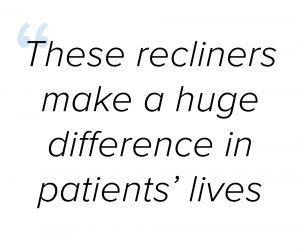 Sarah DeYoung, Donor Relations Specialist, Faith Hospice: Comfort and pain management are key factors for hospice patients. With this in mind, Faith Hospice provides care “wherever you put your head down to sleep at night” including private homes, assisted living or skilled nursing facilities or hospitals.
Sarah DeYoung, Donor Relations Specialist, Faith Hospice: Comfort and pain management are key factors for hospice patients. With this in mind, Faith Hospice provides care “wherever you put your head down to sleep at night” including private homes, assisted living or skilled nursing facilities or hospitals.
Faith Hospice also provides care at Trillium Woods, our unique hospice residence in Byron Center. Trillium Woods offers home-like, spacious patient rooms and shared spaces that accommodate patients and their families. Patient rooms feature double doors that open to allow patient beds and/or recliners to be taken outside. Each patient room features an Empath Recliner provided by Custer. These recliners make a huge difference in patients’ lives, allowing them mobility to move about the campus when they otherwise might be confined to their patient room. Trillium Woods also includes a patient Spa with a jetted tub and an Empath Recliner Massage Chair.
Faith Hospice runs a complimentary therapies program that offers additional methods to use as stand-alone interventions to manage symptoms or in conjunction with medications. Our patient experience is enhanced by our aromatherapy, Korean hand therapy, and massage therapy. Our dedicated volunteers provide supplemental services such as pet companion visits and music visits.
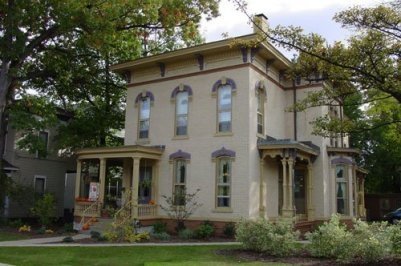 “We believe offering our services in a home environment sets us apart from the traditional clinical/institutional environment,” says Claire V. Graves, clinical therapist at Our Hope Association in Grand Rapids’ historic Heritage Hill District. Photo courtesy Our Hope Association.
“We believe offering our services in a home environment sets us apart from the traditional clinical/institutional environment,” says Claire V. Graves, clinical therapist at Our Hope Association in Grand Rapids’ historic Heritage Hill District. Photo courtesy Our Hope Association.
Our Hope Association’s residential approach to providing healthcare in West Michigan
The objective of Our Hope Association is to provide long-term residential treatment for women struggling with substance use/addiction, co-occurring mental health disorders, and trauma. With an emphasis on meeting individualized needs of clients from variety of backgrounds, they aim to facilitate health, holistic well-being, and increase access to long-term resources and support as the client becomes acclimated to a life free from substance abuse and continued traumatization.
Custer: How is your organization set up to serve your specific neighborhood? How does this set you apart?
Claire V. Graves, Clinical Therapist, MA, LLPC, CAADC, Our Hope Association: Our non-profit organization provides residential treatment in a historic home in the Heritage Hill district. Started by a group of women in 1975, the home setting differs in that it provides a safe place for clients to address underlying issues that have contributed to their addictive behaviors/mental health challenges/experiences of trauma. We believe offering our services in a home environment sets us apart from the traditional clinical/institutional environment as it allows the client to feel they are in a safe place to facilitate healing and growth, rather than a place of sterility.
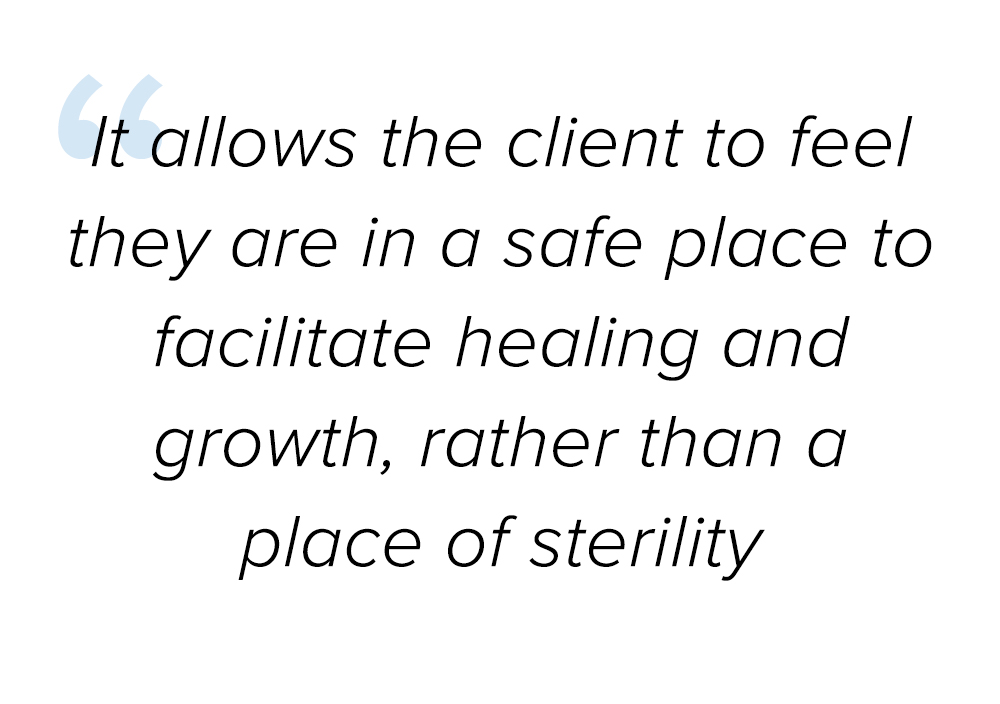 Custer: Are there any changes you’ve made to your working environment to serve your clients best?
Custer: Are there any changes you’ve made to your working environment to serve your clients best?
Changes made include increasing access to other community organizations and resources to improve client’s success when they graduate this treatment program, improvements made in interior condition in efforts to improve therapeutic environment and promote emotional well-being. Other changes include focus on artistic imagery in group rooms/individual therapist offices that promotes positive affirmations/self-esteem in efforts to improve nature of environment and encourage positive self-reflection.
Creating a bright & connected environment at Association for the Blind & Visually Impaired
For over 104 years the Association for the Blind & Visually Impaired has addressed the visual needs that people have everyday, including all ages and vision abilities. Most of the Association’s clients are not people who were born visually impaired, but rather have become visually impaired.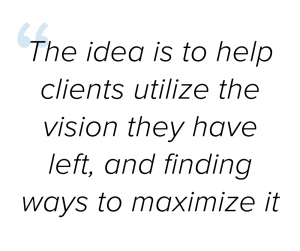
Custer: What is unique to your environment because of the services you provide?
Richard Stevens, Executive Director, Association for the Blind & Visually Impaired: The idea is to help clients utilize the vision they have left, and finding ways to maximize it. Lighting can play an important role in allowing clients to maximize their vision. Lighting placement, full spectrum lighting, the colors used, contrasting colors, and the use of patterns should be taken into account. technology — there are many sources of technology that will allow users to use readers, computer applications, and magnification devices.
